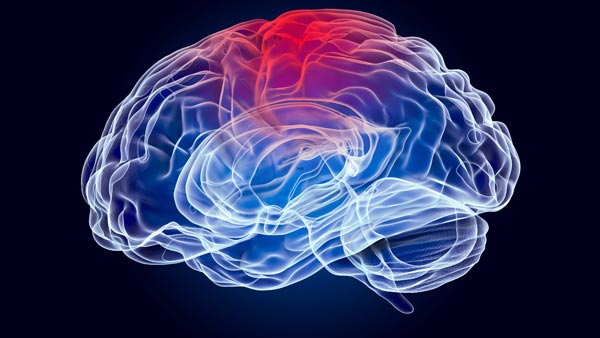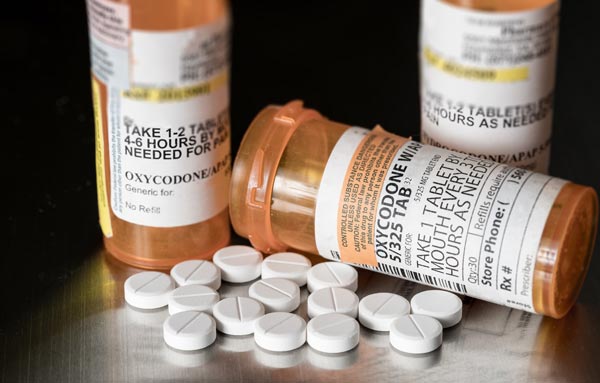MDMA, commonly known as molly or ecstasy, is a synthetic psychoactive drug that affects the same neurotransmitter systems influenced by other Schedule I substances, including cocaine, methamphetamine, and heroin. Despite its reputation as a “party drug,” MDMA carries significant risks. Molly can cause profound neurological changes, dangerous physical reactions, and long-term psychological distress. Understanding how molly works, why it is dangerous, and how dependence develops is an important step toward making informed decisions and seeking help if needed.
To learn more about what molly actually is, visit our resource: The Drug Molly.
What Is Molly?
Molly and ecstasy are slang terms for MDMA. The name “molly” is often used to promote the idea that the substance is a pure, crystalline form of MDMA. However, the reality is that most molly circulating in North America and Europe is adulterated with other substances. These may include methamphetamine, ketamine, synthetic cathinones (bath salts), caffeine, MDA, or dangerous research chemicals. Because production occurs in unregulated, illegal laboratories, there is no way to determine a pill’s contents without laboratory testing.
MDMA typically appears as tablets or capsules. Pills may be brightly colored or imprinted with logos, cartoon characters, or glitter, giving the illusion of being fun or harmless. Some users crush and snort molly powder, and injection is rare. Even when the product is marketed as “pure,” users cannot rely on its composition or safety.
For additional education on substance risk, you may also benefit from learning about the most addictive drugs.
The Psychiatric History of MDMA
MDMA was first synthesized in 1912 by a German pharmaceutical company attempting to develop compounds for controlling bleeding. It remained largely unnoticed for decades until the 1970s, when a small group of psychiatrists began using MDMA in therapeutic sessions. They believed it enhanced emotional communication, reduced fear responses, and facilitated patient breakthroughs.
As word spread, recreational use increased. By the early 1980s, MDMA had entered club and music festival culture. In 1985, the U.S. Food and Drug Administration placed MDMA on the Schedule I list due to its potential for harm and lack of accepted medical use. Since then, MDMA has been manufactured illegally in Canada, the Netherlands, and the United States. Pills and powders sold as MDMA often contain toxic chemicals, including formaldehyde and mercury-based compounds used during synthesis.
The Mechanism of MDMA: How Molly Changes the Brain
Molly produces its desired effects by increasing the activity of several neurotransmitters in the brain. MDMA dramatically elevates serotonin, dopamine, and norepinephrine levels, leading to intense mood changes, heightened sensory perception, and emotional closeness.
- Dopamine: Increases energy and stimulates the brain’s reward system.
- Norepinephrine: Elevates heart rate and blood pressure, which can be dangerous for individuals with heart or vascular issues.
- Serotonin: Affects mood, empathy, trust, appetite, sleep, and body temperature regulation.
These changes produce sensations often associated with molly use, including increased pleasure, heightened senses, and emotional warmth. However, they also cause a serotonin “crash” after the drug wears off, which is commonly referred to as an MDMA comedown.
Common Immediate Effects of MDMA
- Increased energy
- Elevated mood and emotional closeness
- Distorted sensory perception
- Enhanced tactile sensations
- Increased sociability
These effects often cause individuals to use MDMA in high-energy social settings such as concerts, clubs, or festivals. However, the same neurotransmitter changes that produce pleasurable effects can also intensify negative consequences.
Polydrug Use: Why Mixing Substances With Molly Is Dangerous
MDMA is frequently mixed with other substances either intentionally or unknowingly. Polydrug use dramatically increases the risk of overdose, hyperthermia, dehydration, and long-term harm.
Substances that are commonly mixed with MDMA include:
- Alcohol
- Cannabis
- Amphetamines
- Caffeine
- Ephedrine
- Ketamine
- Methamphetamine
- Synthetic cathinones (bath salts)
- Viagra
One particularly dangerous combination is MDMA and Viagra. While Viagra is a medically regulated drug, combining it with MDMA significantly increases the likelihood of engaging in sexual risk-taking. MDMA increases emotional closeness and reduces inhibitions by dampening the prefrontal cortex’s ability to regulate impulses. As a result, individuals using both substances may engage in unsafe sex, which increases the risk of sexual assault, sexually transmitted infections, and long-term emotional harm.
For more insight into compulsive behavior and substance-driven decision-making, explore The Mind of an Addict.
Understanding the Effects of MDMA on the Brain and Body
MDMA is a synthetic drug produced using toxic chemicals, including formaldehyde and mercury. These substances carry risks even before the MDMA reaches a user. Once ingested, MDMA significantly disrupts brain chemistry and can lead to both short-term and long-term effects.
Short-Term Physical Effects
- Rapid heartbeat
- Increased blood pressure
- Teeth clenching
- Jaw tension
- Hot flashes or chills
- Muscle cramps
- Nausea
- Sweating
- Restless legs
One rare but potentially fatal effect is hyperthermia. MDMA increases body temperature while stimulating prolonged physical activity. Research shows that for every 1°C increase in temperature, heart rate rises by an average of 12.3 beats per minute.[11] During intense dancing or physical exertion, body temperature can rise to dangerous levels. Severe hyperthermia can damage internal organs or lead to sudden death.
For more information on the dangers of overdose, visit Can Addiction Kill Me?.
Short-Term Psychological Effects
Moderate MDMA use for several days may lead to:
- Irritability
- Depression
- Anxiety
- Sleep disturbances
- Impulsiveness
- Decreased sexual desire
- Memory or attention problems
These symptoms often appear during the post-MDMA crash and are largely due to serotonin depletion. The severity may increase when MDMA is used repeatedly or combined with other substances.
Can You Become Addicted to Molly?
There is ongoing research into whether MDMA is physically addictive. However, many users report cravings, withdrawal-like symptoms, and a compulsion to continue using despite negative effects. These patterns resemble addiction to other stimulants.
MDMA affects dopamine pathways involved in reinforcement and reward. When natural dopamine production becomes disrupted, everyday activities may feel less pleasurable, encouraging repeated use. Some individuals use molly to cope with stress, trauma, or emotional numbness, which can increase the risk of dependence.
Signs of Molly Dependence or Problematic Use
There is no safe amount of MDMA. Repeated use increases the risk of long-term brain changes and emotional difficulties. Signs of MDMA dependence include:
- Needing higher doses to feel the same effect
- Using more frequently than intended
- Feeling depressed, anxious, or fatigued during comedowns
- Difficulty functioning without MDMA
- Using MDMA in risky environments or combinations
What Does Treatment for Molly Dependence Look Like?
Because MDMA affects mood regulation, empathy, and emotional processing, treatment focuses on stabilizing brain chemistry while addressing emotional and behavioral challenges. Treatment may include:
- Cognitive Behavioral Therapy (CBT)
- Medication-assisted treatment for mood symptoms
- Relapse prevention techniques
- Trauma-informed therapy
- Skill-building groups for emotional regulation
- Support groups
- Holistic services such as yoga, art therapy, and mindfulness
At The Heights Treatment, clients can receive structured care through our PHP program, IOP program, OP program, or Individualized Intensive Program. Those experiencing depression, anxiety, trauma, or comorbidity can also access our mental health treatment services.
Restore Health and Wellness
MDMA can have serious and lasting consequences. Overdose, hyperthermia, and long-term psychological effects are real risks. If you or a loved one is using molly, help is available. Treatment can improve mood, rebuild healthy brain functioning, and address the underlying issues that contribute to substance use.
If you are ready to begin your recovery, learn more about our programs and services at our Houston treatment center.





